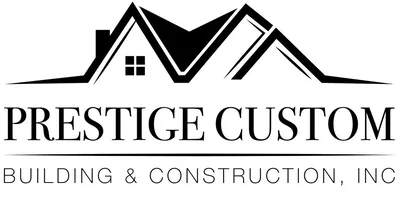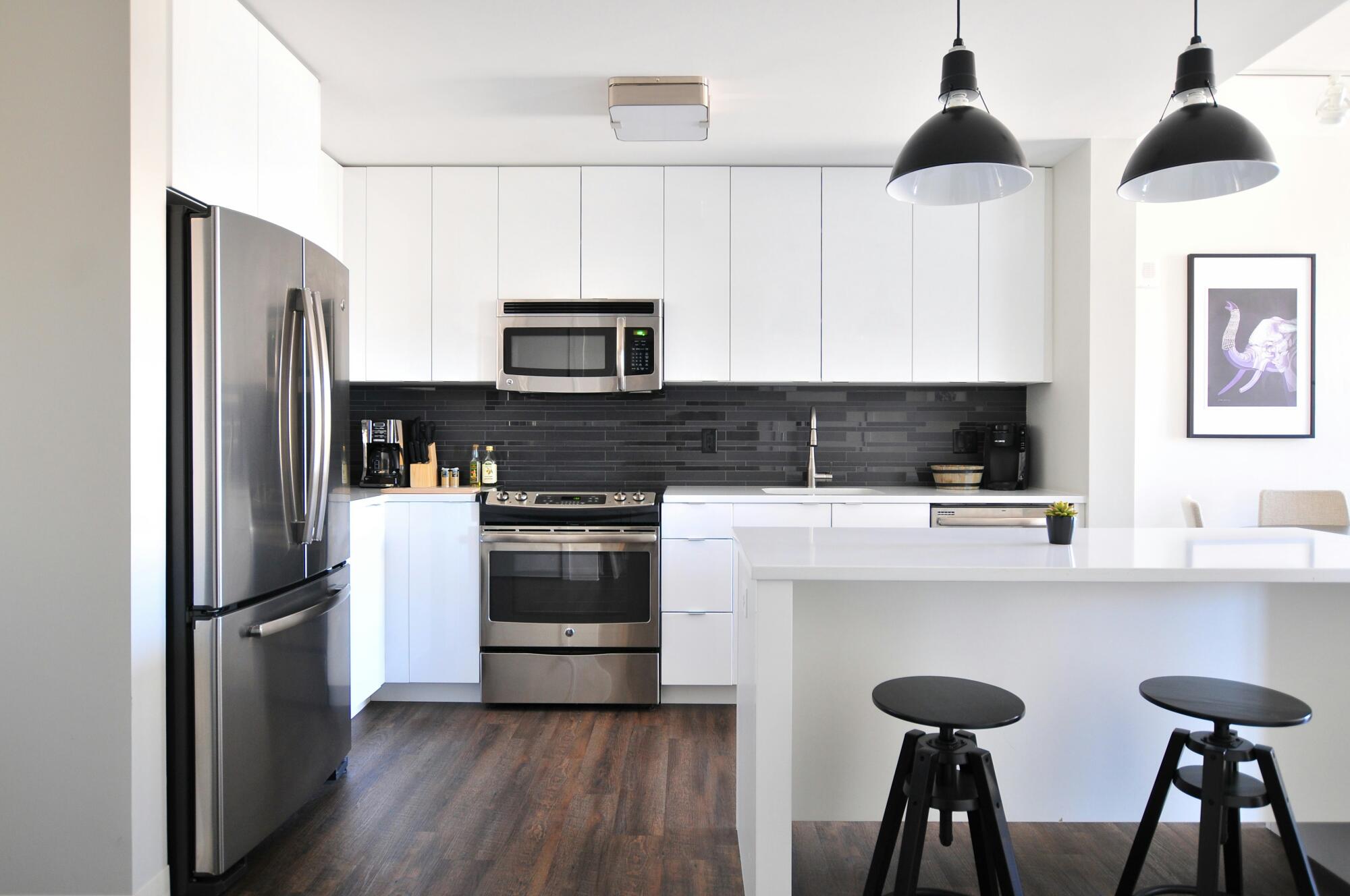Why Renovations Matter: Assessed Value vs Market Value
You’ve finally decided to sell your home. You’ve kept it clean, made a few upgrades over the years, and you’re confident about its value. But when the offers start rolling in, they don’t match the assessed value on your property tax bill – or even your expectations. Frustrated, you wonder, “How is this possible? Isn’t my home worth what the city says it is?”
Welcome to the fascinating and often confusing world of assessed value versus market value. Understanding this difference – and knowing how renovations impact both – can be the game-changer you need to maximize your property’s worth.
We’ve got the 411. Read on to learn about assessed value vs market value.
Assessed Value: Tax Metrics
The assessed value of a property is the value assigned by local government authorities to determine property taxes. This value is based on specific criteria, including the property’s:
- Size
- Location
- Condition
- Recent improvements
While the assessed value is not necessarily reflective of what a property would sell for in the open market, it serves as an essential metric for municipalities to calculate property tax revenue.
Renovations can directly impact property value determination, particularly when they involve structural enhancements or additions that increase the property’s overall utility and curb appeal.
Market Value: The Buyer’s Perspective
Unlike assessed value, which is calculated for tax purposes, market value is determined by the willingness of potential buyers to pay for a property. For homeowners and investors, this value is crucial – it directly influences sale price and return on investment.
Renovations often have a more profound effect on market value than assessed value because buyers prioritize functionality, aesthetics, and modern features. High-impact upgrades, such as:
- A kitchen remodel
- Updated bathrooms
- A landscaped backyard
Can significantly enhance a property’s appeal.
Balancing Renovations to Benefit Both Values
While the two metrics serve different purposes, there are renovation strategies that can positively impact both. Functional upgrades like:
- Fixing outdated electrical systems
- Addressing plumbing issues
- Installing a new roof
Are essential for improving both assessed and market value. These upgrades ensure the property’s longevity and compliance with modern standards.
Energy-efficient upgrades, such as adding solar panels, updating insulation, or replacing old windows, benefit both values. These features can lead to a higher assessed value because they improve the property’s overall functionality.
While structural upgrades might impact both values, aesthetic improvements primarily boost market value. Combining the two -such as updating a home’s curb appeal while addressing foundational repairs – creates a well-rounded property sale strategy
You can also ask your home renovation company what they recommend to increase property value.
Assessed Value vs Market Value: Make the Right Renovation Choice
There’s a lot that goes into understanding assessed value vs market value for renovations. With this home valuation guide, you should be able to figure out what’s right for your needs.
At Prestige Custom Building & Construction, Inc., we understand that renovations are more than just upgrades-they’re investments in your future. With over 30 years of expertise led by visionary builder Leo Golan, we specialize in creating exceptional living spaces that combine timeless elegance with modern functionality.
Let us turn your vision into reality. Contact us today.





